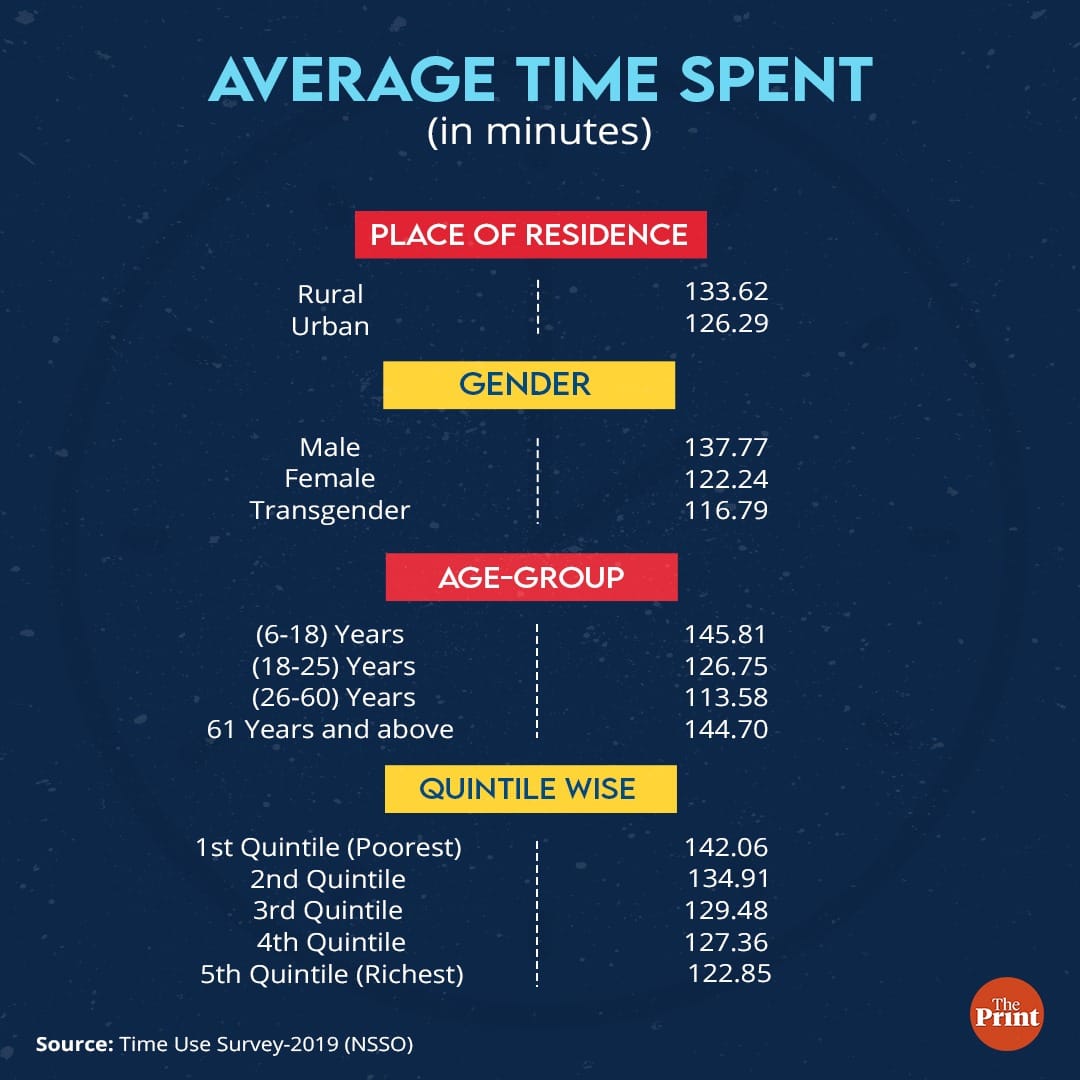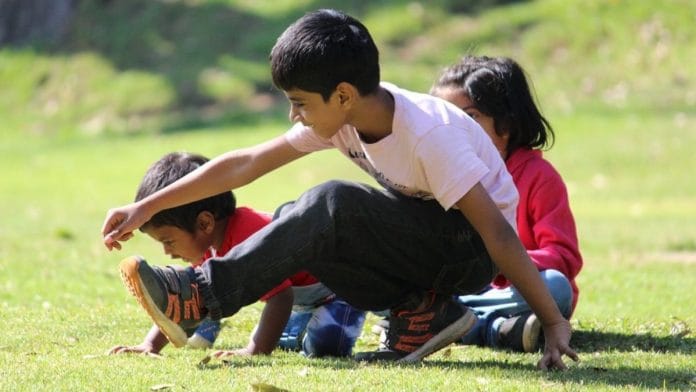As Omicron looms large and we go into a new phase of restrictions on socialising, it is important to understand why Indians find it hard to stay away from group activities, weddings, and other gatherings. The Covid-19 pandemic has altered our lives and one of its biggest impacts has been the way we socialise and the amount of time we dedicate to community interactions.
In this backdrop, it would be beneficial to analyse the amount of time Indians spent on community participation and socialising. We used data captured in the Time-Use Survey 2019. The survey, conducted during the pre-Covid period, inter alia, captured information on the amount of time spent by an individual in social and community related activities — celebrations of cultural and historic events, rites/events such as weddings, funerals, births, collective religious practise and similar rites; community social functions such as music, dance, civic and related responsibilities; cultural events and shows, sports events, playing games, hobbies and other pastime activities.
Using data from this survey conducted during 2019, we found some interesting and intriguing results.
Also read: Snatching to sextortion – Covid and curfews didn’t make crime go away in 2021
Indians spent, on average, about 132 minutes in socialising and community participation (including sports and games) during 2019. Males spent, on average, about 138 minutes (more than the average time spent by the overall population on such activities as compared to the time spent by females, which stood at 122 minutes. Most of the time was spent participating in community rites/events (non-religious) such as weddings, funerals, births and similar rites of passage. Interestingly, a lesser work participation rate for females does not translate into them being more socially active. This survey also showed that females spent, on average, about 10 times more time as compared to males in performing ‘unpaid domestic services for household members’, which perhaps adversely affected their social participation.

Surprisingly, the youth in the age group of 6 to 18 spent, on average, about 146 minutes on community activities and socialising, which lowered gradually as we move upwards in the age bracket. It is another matter whether the time spent was optimum, but it clearly belies the assumption that today’s youth tend to socialise less. The 18 to 25 age group and 26 to 60 age group spent about 127 minutes and 114 minutes respectively in social and community activities. This working age population, which faces long working hours, is left with little time to actively participate in community life and to socialise. With ‘work from home’ gaining momentum, it would be interesting to see how it impacts community participation and social activity.
Noteworthy, the population above 61 years of age spent almost the same amount of time (about 145 minutes on average) as the youth between six and 18 years in social and community activities. It is encouraging that the elderly population is spending more time in community and social activities as compared to the overall population.
The survey also revealed that the population in the lowest quintile (poorer section) spent more time on social and community activities — on average, about 142 minutes (more than the average time spent by the general population). However, as we moved up the income/economic ladder, we found a gradual reduction in time spent in community and social participation. For instance, the population falling under the 2nd, 3rd, 4th and 5th quintiles spent on average about 135, 129, 127 and 123 minutes on such activities respectively, a clear indication of less social and community life for the richer and well to do sections of society. This is also clearly supported by the fact that the rural folks spent, on average, about 133 minutes in such activities while the urban population spent less at 126 minutes.
Also read: Not just yoga, meditation or jogging — online gaming is good for your mental health too
Findings suggest that if you are a young or an elder male residing in a rural set up and belong to the poorer section of society, the chance that you will spend more time in community and social activities is very high than other sections of the population. Is it a pointer to some factors relating to their socio-economic status?
The characteristics of our social and community interaction also define how we react to the physical restrictions and lockdowns. As social beings, it is our natural instinct to repel any such restrictions. Hence, we often witness large crowds and gatherings during relaxations.
Participation in social and community activities is highly under-rated as a contributing factor in enhancing our physical and mental health. It is now increasingly becoming apparent that such participation have a positive correlation with our own and society’s overall well-being.
D. L. Wankhar is a retired Indian Economic Service Officer and Dr. Palash Baruah is Senior Research Analyst, National Council of Applied Economic Research (NCAER), New Delhi. Views are personal.
(Edited by Anurag Chaubey)






